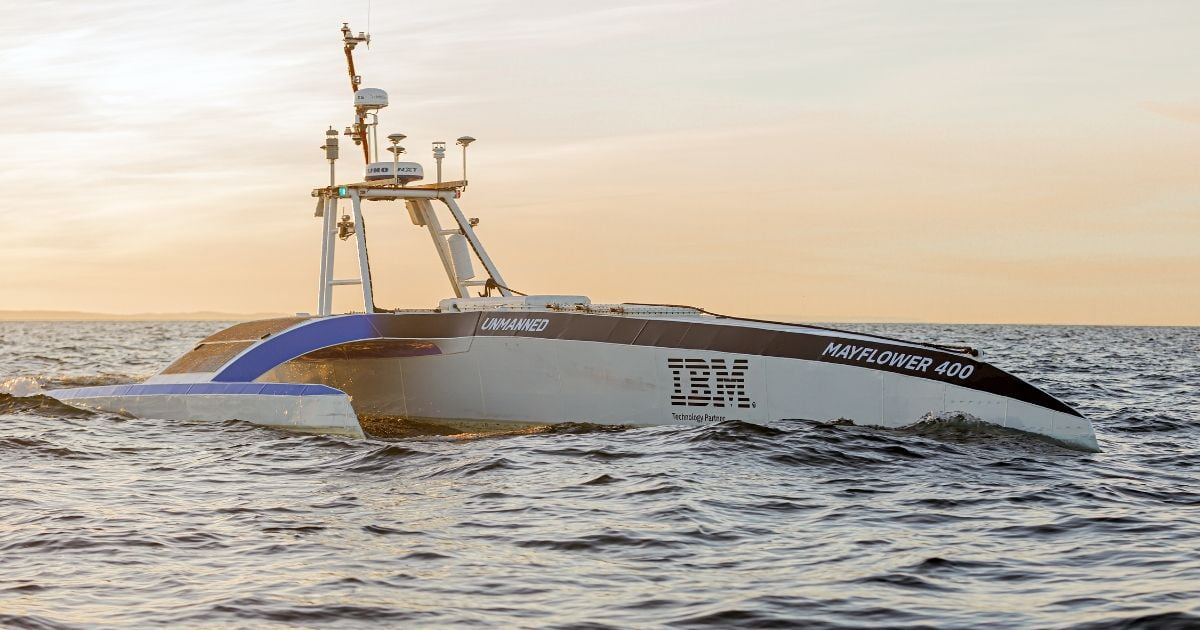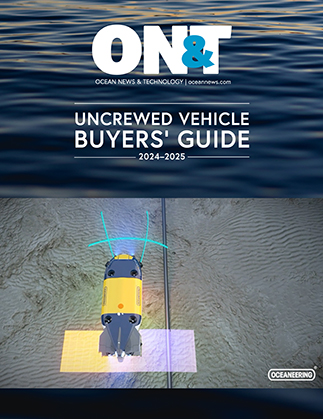As human activity continues to impact the health of our planet, it is vital we harness the power of modern science and technology to safeguard our ocean ecosystems, find new resources, and build futureproof societies. Uncrewed surface vehicles (USVs) like the Mayflower Autonomous Ship (MAS) are fusing intelligence, automation, and agility to help chart a more sustainable relationship with the ocean.
This story was featured in ON&T January 2022, click here to read.

